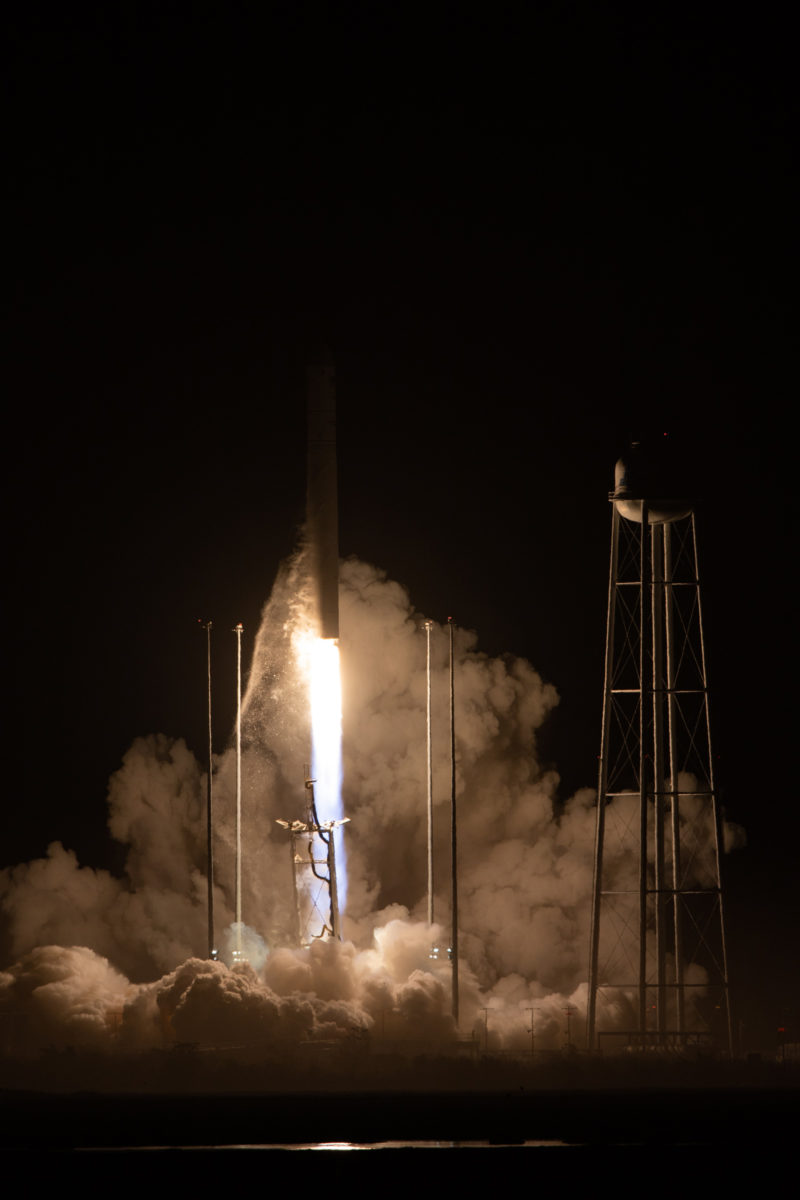
Laden with 8,200 pounds (3,700 kilograms) of payloads and supplies for the seven-person Expedition 68 crew, Northrop Grumman Corp.’s NG-18 Cygnus cargo ship—named in honor of America’s first woman in space, Sally Ride—is zeroing-in on a berth at the International Space Station (ISS), following its 5:32:42 a.m. EST Monday launch from Pad 0A at the Mid-Atlantic Regional Spaceport (MARS) on Wallops Island, Va. Ride, who died in July 2012, becomes the second member of NASA’s inaugural class of Space Shuttle astronauts to be recognized with a Cygnus mission.
The choice of Ride for NG-18 follows Northrop Grumman’s tradition of naming each Cygnus for someone who pioneered human spaceflight. “Ride became the American female astronaut, serving on the crew of the second flight of Challenger,” the company noted last month, “and was a steadfast advocate for diversity and equality in science, inspiring countless women to pursue STEM careers.”
Ride was selected by NASA in January 1978, one of 35 candidates—the “Thirty-Five New Guys”—which included the first six women ever hired for astronaut training. In June 1983, she served aboard Challenger on STS-7, controlling the shuttle’s Canadian-built Remote Manipulator System (RMS) mechanized arm to deploy and retrieve the Shuttle Pallet Satellite (SPAS).
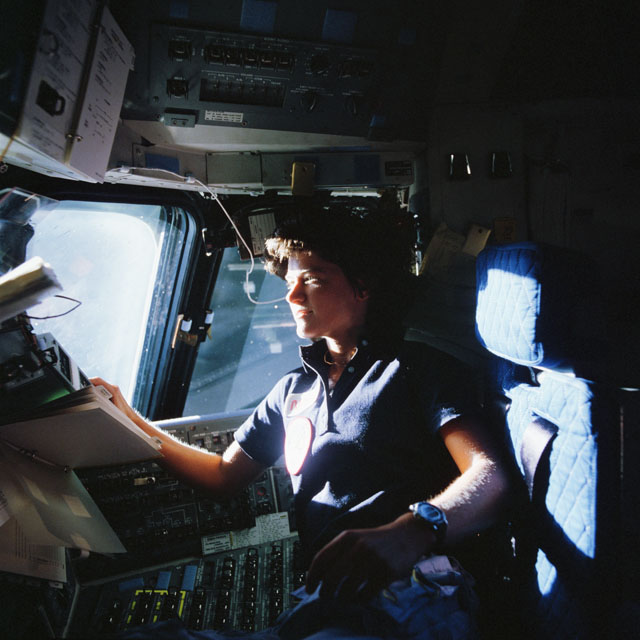
A year later, in October 1984, Ride flew a second time on Challenger on STS-41G. During that mission, she again utilized the RMS to deploy the Earth Radiation Budget Satellite (ERBS).
In addition to Ride, previous Cygnus missions honored Challenger’s Ellison Onizuka, Columbia veterans Rick Husband and Kalpana “K.C.” Chawla, moonwalkers Gene Cernan, John Young and Al Bean and Apollo 1’s Roger Chaffee. Added to that list are five other shuttle flyers, legendary “Original Seven” Mercury and Apollo-Soyuz Test Project (ASTP) astronaut Deke Slayton, “Hidden Figures” mathematician Katherine Johnson, former NASA Deputy Administrator James “J.R.” Thompson and Manned Orbital Laboratory (MOL) astronaut selectee Robert Lawrence.
Integration of Cygnus’ Pressurized Cargo Module (PCM) was completed at prime contractor Thales Alenia Space’s facility in Turin, Italy, last June. It was delivered to the launch site on Wallops Island later in the summer.
Launch had originally been targeted for mid-August. But it was pushed firstly to the second week of October and ultimately into early November, in response to “supply-chain issues”.
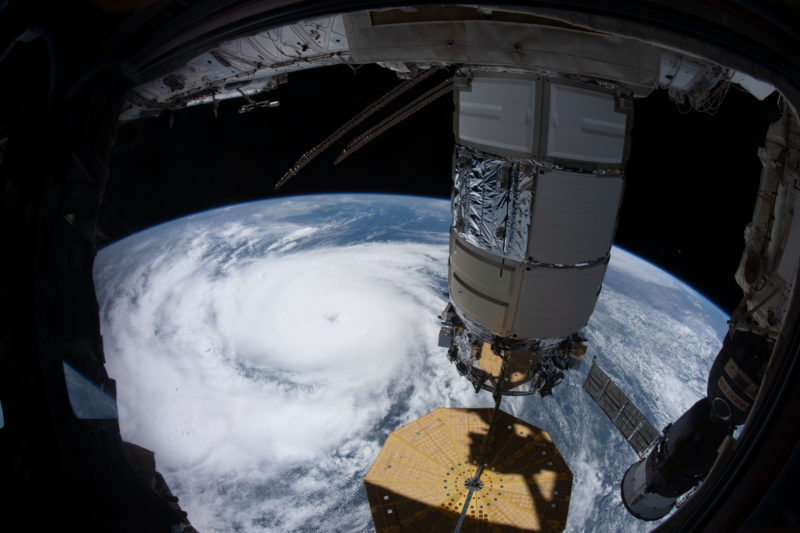
Cygnus’ unpressurized Service Module concluded its pre-flight build and checkout at Northrop Grumman’s Dulles, Va., factory, before being transported to Wallops for mating to the PCM. Last month, the complete spacecraft—which stands 21 feet (6.4 meters) tall and boasts an internal pressurized volume of 950 cubic feet (27 cubic meters)—was transferred to Wallops’ Horizontal Integration Facility (HIF) for final processing.
Aboard NG-18 is a haul of payloads, equipment and supplies for the incumbent Expedition 68 crew, which comprises Commander Sergei Prokopyev, fellow Russian cosmonauts Dmitri Petelin and Anna Kikina, U.S. astronauts Frank Rubio, Nicole Mann and Josh Cassada and Japan’s Koichi Wakata. The two crews arrived at the ISS via two different vehicles: Prokopyev, Petelin and Rubio aboard Russia’s Soyuz MS-22 in September and Mann, Cassada, Wakata and Kikina aboard SpaceX’s Dragon Endurance early last month.
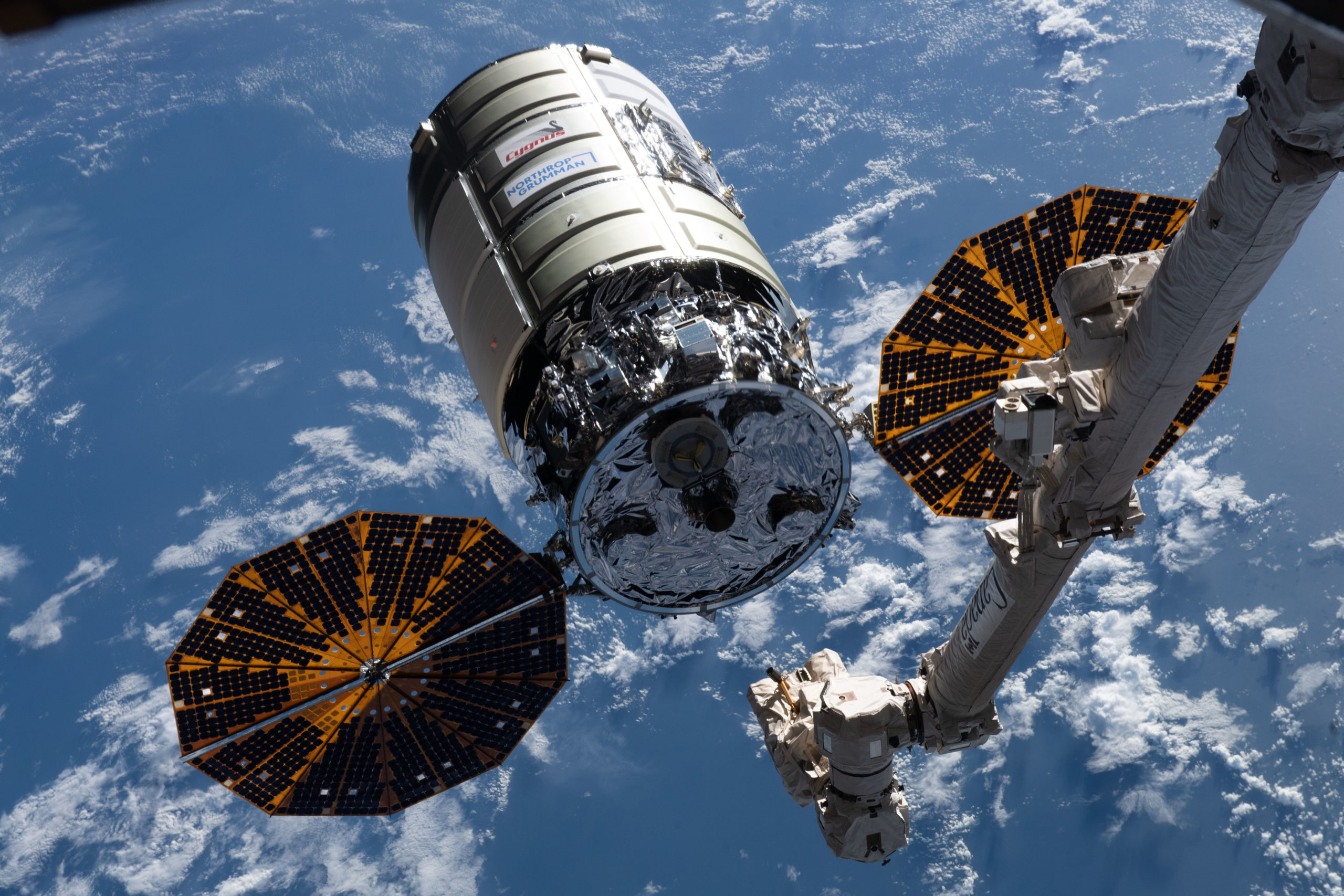
All told, the payload includes 3,608 pounds (1,637 kilograms) of supplies for the Expedition 68 crew, together with 1,873 pounds (850 kilograms) of science investigations, 145 pounds (66 kilograms) of Extravehicular Activity (EVA) gear, 2,375 pounds (1,077 kilograms) of vehicle hardware and 172 pounds (78 kilograms) of computer resources. The total cargo tips the scales at 8,173 pounds (3,707 kilograms) and, inclusive of package, NG-18’s complete pressurized load reaches 8,265 pounds (3,749 kilograms)
Just last week, Mann and Cassada began Robotics On-Board Training (ROBoT) tasks in readiness for Cygnus’ arrival. The duo will be at the controls of the 57.7-foot (17.6-meter) Canadarm2 robotic arm inside the multi-windowed cupola around 5 a.m. EST on Wednesday, 9 November to oversee the capture and berthing of the cargo ship.
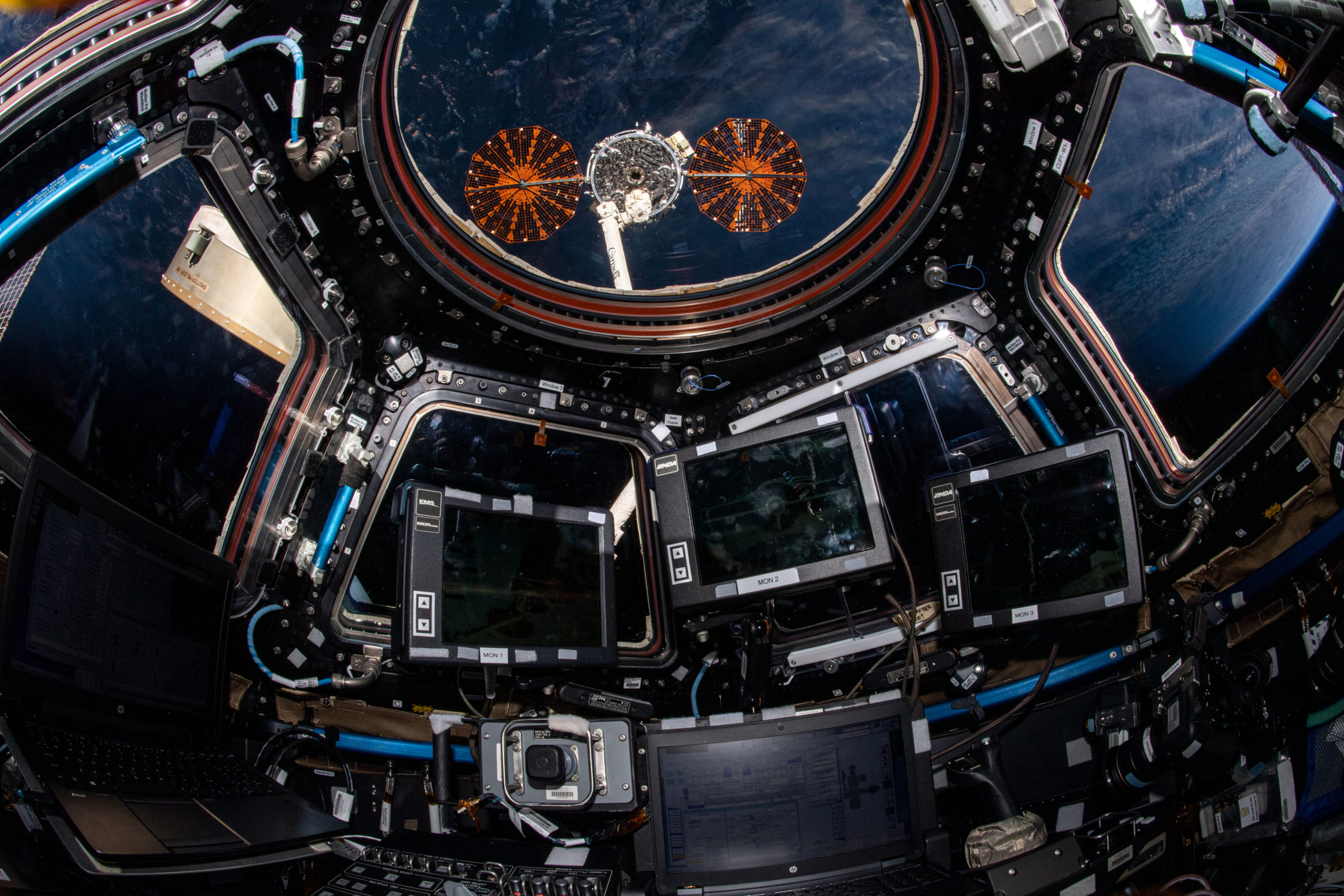
Mann will serve as prime crew member for the capture, with Cassada backing her up. Cygnus will be berthed a couple of hours later at the Earth-facing (or “nadir”) port of the station’s Unity node, where it will remain until its departure in late January.
Weather conditions for Sunday’s opening launch attempt were predicted to be 80-percent-favorable, with the main concern centering upon a slight chance of low-level clouds. “Unseasonably warm conditions and tranquil weather are expected through the weekend,” NASA announced last week.
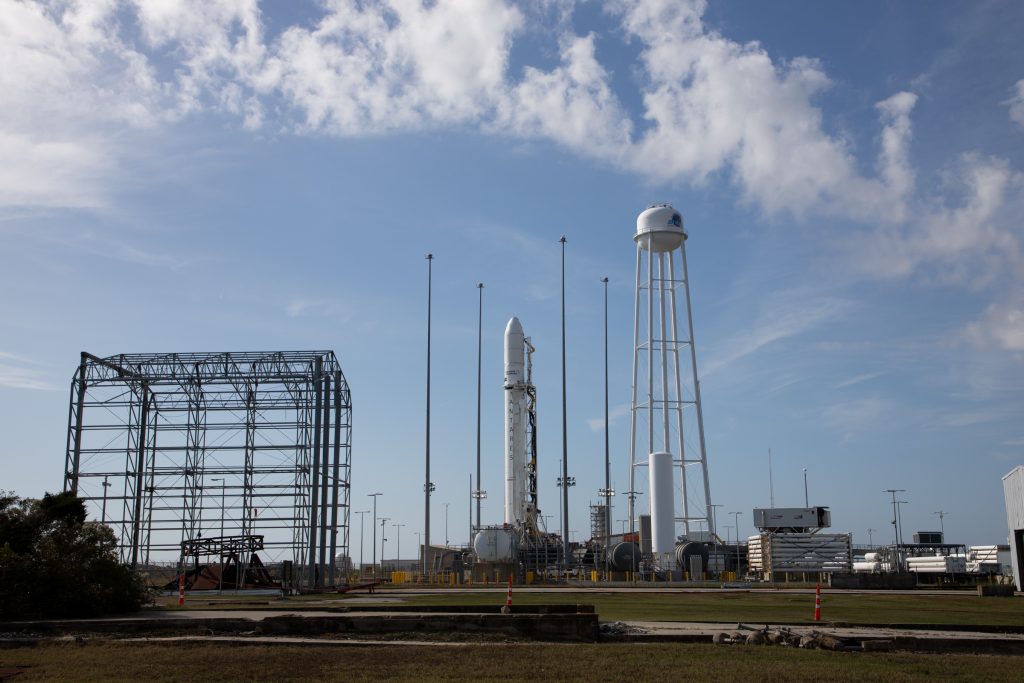
“A cold front will be located over the Appalachian Mountains Sunday morning, providing light southerly surface flow and upper-level cirrus cloudiness over the Wallops Region,” it was added. “An increase of low-level moisture over the Wallops Region due to the light winds may provide some low-level clouds…near launch time.”
Early Sunday, with weather having begun to trend upwards to 90-percent-favorable, engineers and flight controllers came to their consoles at Wallops to begin powering up the 133-foot-tall (40.5-meter) Antares 230+ booster and chilling its propellant systems with liquid nitrogen. Tanking was critically timed to adhere to temporal limits associated with the rapid boil-off of Antares’ cryogenic oxygen.
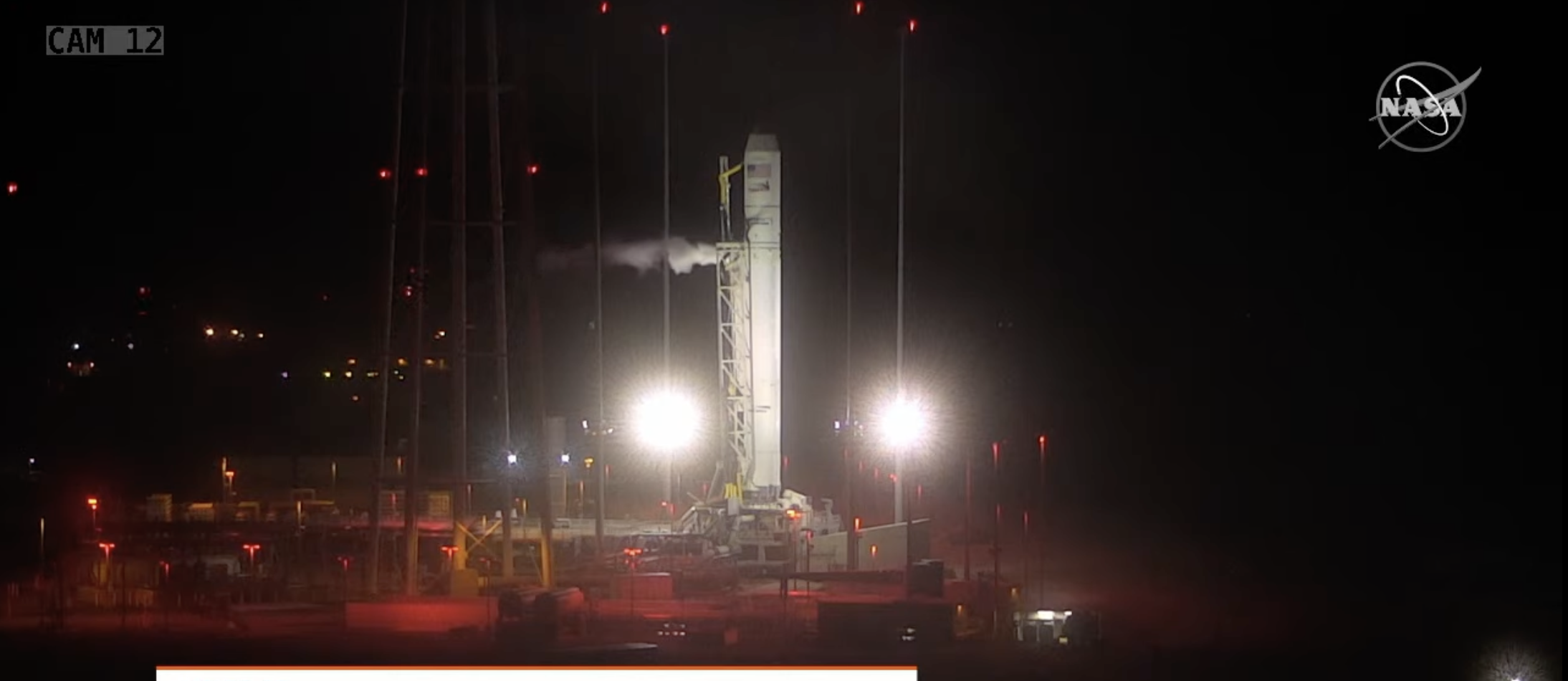
But Sunday was not to be Antares’ day, as a scrub was called in the final ten minutes before T-0, in response to a fire alarm in Wallops mission operations control room, which required an evacuation. Liftoff was rescheduled for a five-minute “window”, opening at 5:27 a.m. EST on Monday, 7 November, with the forecast promising 75-percent-favorable weather.
A final poll of flight controllers came in two phases and by T-15 minutes the rocket’s propellant tanks had reached proper flight pressures and were verified at “Flight Ready” levels. Shortly afterwards, the vehicle transitioned to Internal Power and at T-11 minutes the Transporter-Erector-Launcher (TEL) was armed to effect a rapid retraction when the countdown clock hit T-0.
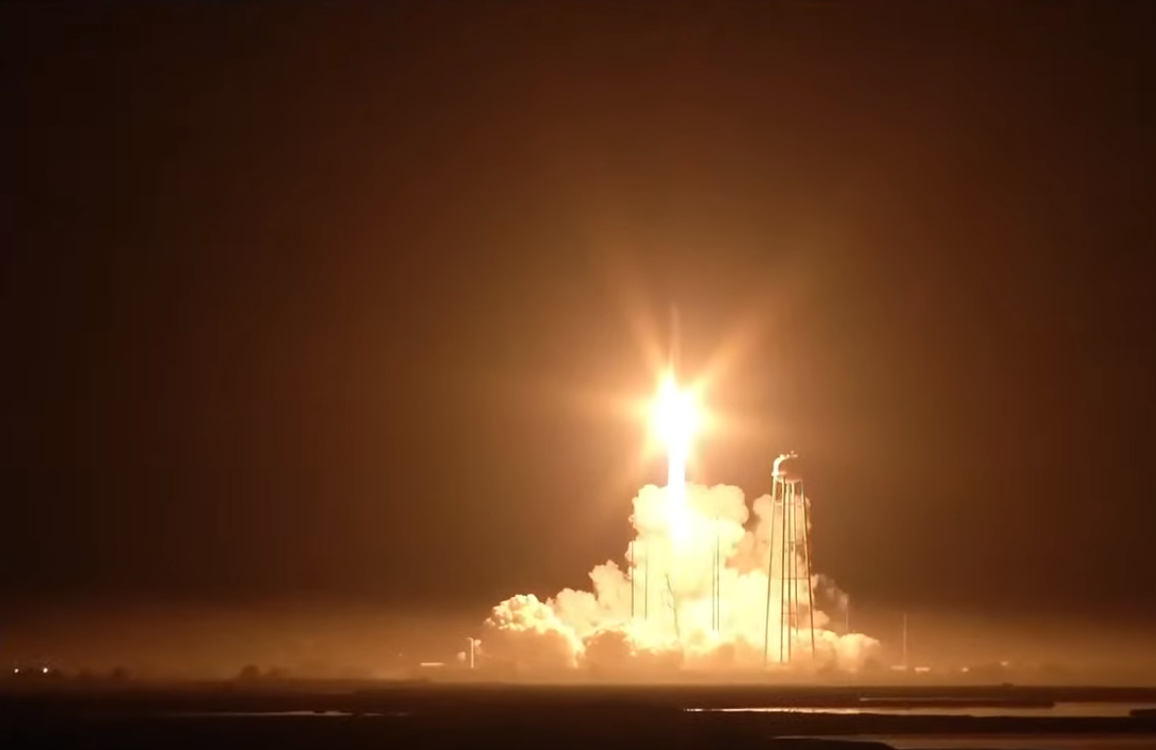
Fed by a mixture of liquid oxygen and a highly refined form of rocket-grade kerosene, known as “RP-1”, Antares took flight at 5:32:42 a.m. EST, right at the end of Monday’s five-minute window. The first stage’s pair of Russian-built RD-181 engines powered the booster smoothly uphill from the pretty seaside environs of the Virginia Coast, burning fiercely for 200 seconds, before shutting down on time at an altitude of 52.3 miles (84.1 kilometers).
The first stage separated shortly thereafter, followed by the rocket’s bullet-like payload fairing and inter-stage. This was followed by ignition of Antares’ solid-fueled Castor-30XL upper stage motor, which burned for 2.5 minutes to propel Cygnus into low-Earth orbit. The point of orbital insertion was estimated at an altitude of 109.5 miles (176.2 kilometers).
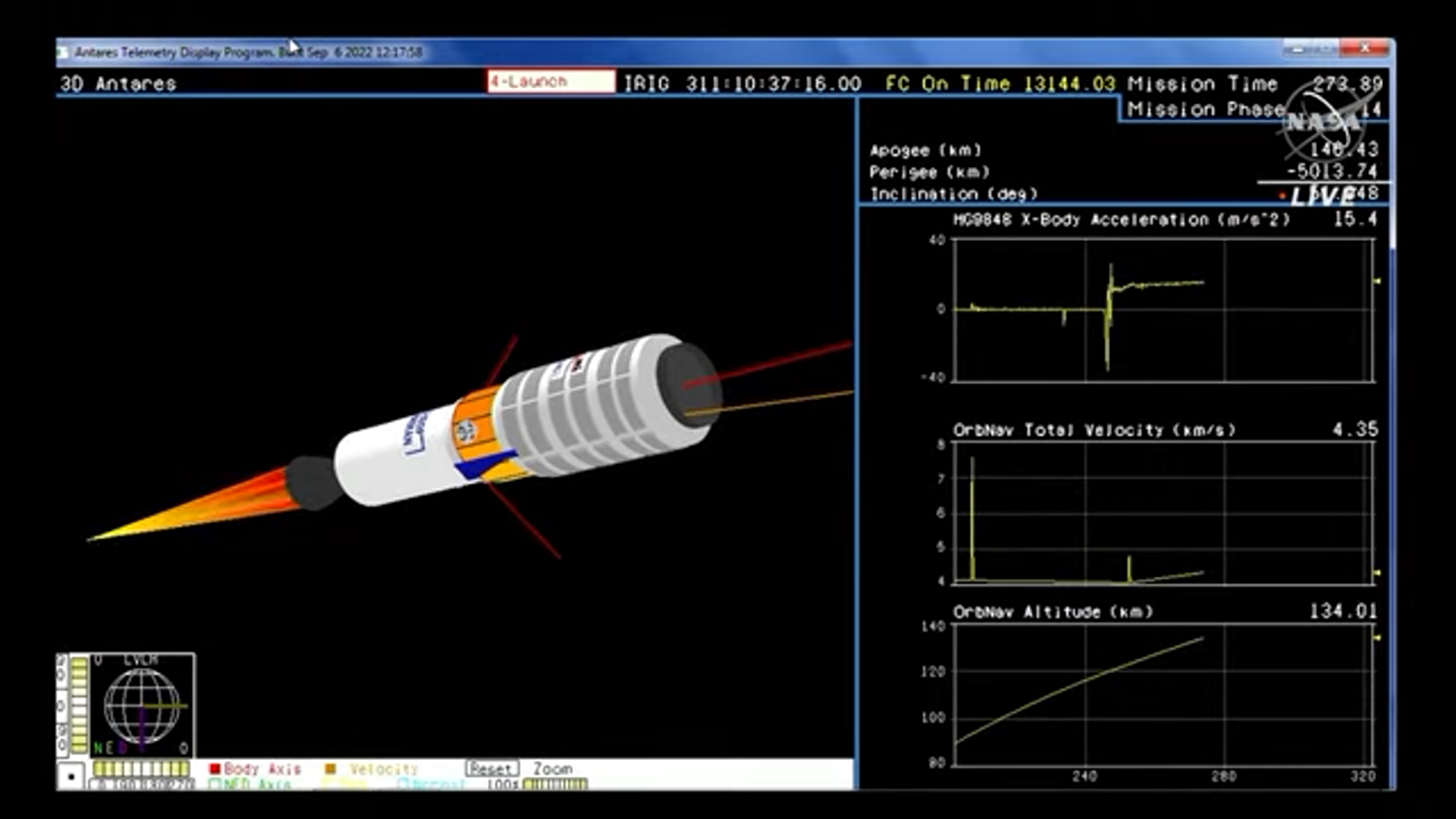
Two minutes after burnout of the Castor-30XL motor, some nine minutes after leaving Earth, Cygnus was separated into free flight to commence its two-day trek to the ISS. But as this article was being prepared, only one of the cargo ship’s fan-like solar arrays had deployed.
“Northrop Grumman is gathering data on the second array deployment and is working closely with NASA,” it was noted. “Northrop Grumman has reported to NASA that Cygnus has sufficient power to rendezvous with the International Space Station on Wednesday, to complete its primary mission, and NASA is assessing this and the configuration required for capture and berthing.”
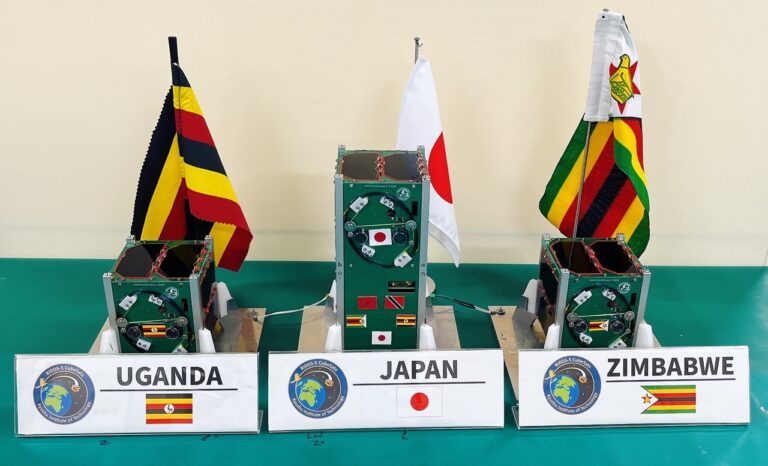
Aboard NG-18 are a multitude of research payloads for Expedition 68 and beyond. The BioFabrication Facility (BFF) seeks to print organ-like tissues in microgravity and a study flying on this mission seeks to advance understanding the 3D biological printing of highly complex human tissues and organs in space. It will attempt to print a meniscus (or knee cartilage) tissue, using bioinks and cells.
Uganda and Zimbabwe are flying their first national CubeSats through the Japanese-led Joint Global Multinational Birds Program (BIRDS), an interdisciplinary satellite project for non-spacefaring nations. The three CubeSats—Uganda’s PEARLAFRICASAT-1, Zimbabwe’s ZIMSAT-1 and Japan’s TAKA—are outfitted with off-the-shelf subsystems and equipped with a four-band multispectral optical imager for Earth observations.
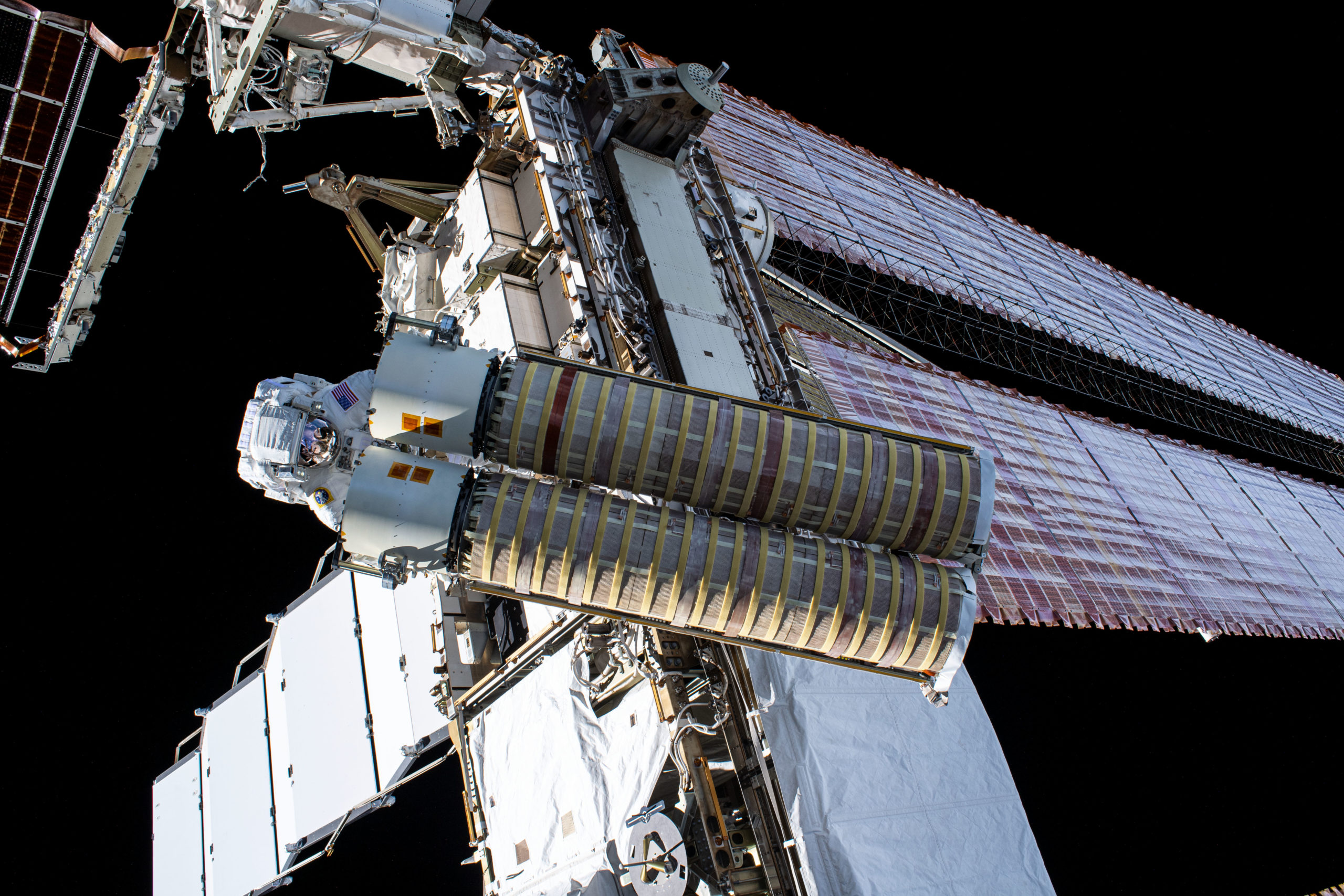
Other experiments include a U.S./Italian joint investigation into how the microgravity environment influences ovary function, how changes to space-grown plants are transmitted through seeds to the next generation and how catastrophic mudflows evolve in the wake of wildfires. Also aboard NG-18 is a 330-pound (150-kilogram) ISS Roll-Out Solar Array (iROSA) modification kit, which will be installed on 15 November by spacewalkers Josh Cassada and Frank Rubio.
As previously reported by AmericaSpace, three pairs of Boeing-built iROSAs will be installed to cover (and partially “shadow”) six of the station’s eight “legacy” Solar Array Wings (SAWs), affording a power hike of 20-30 percent in readiness for future ISS expansion and customers’ burgeoning payload needs. Original plans identified six power channels—2B and 4B on the P-6 truss, 4A on the P-4 truss, 1A and 3A on the S-4 truss and 3B on the S-6 truss—which would derive greatest benefit from having iROSAs in place. Power Channels 2A on the P-4 truss and 1B on the S-6 truss were not initially earmarked for iROSA modification.
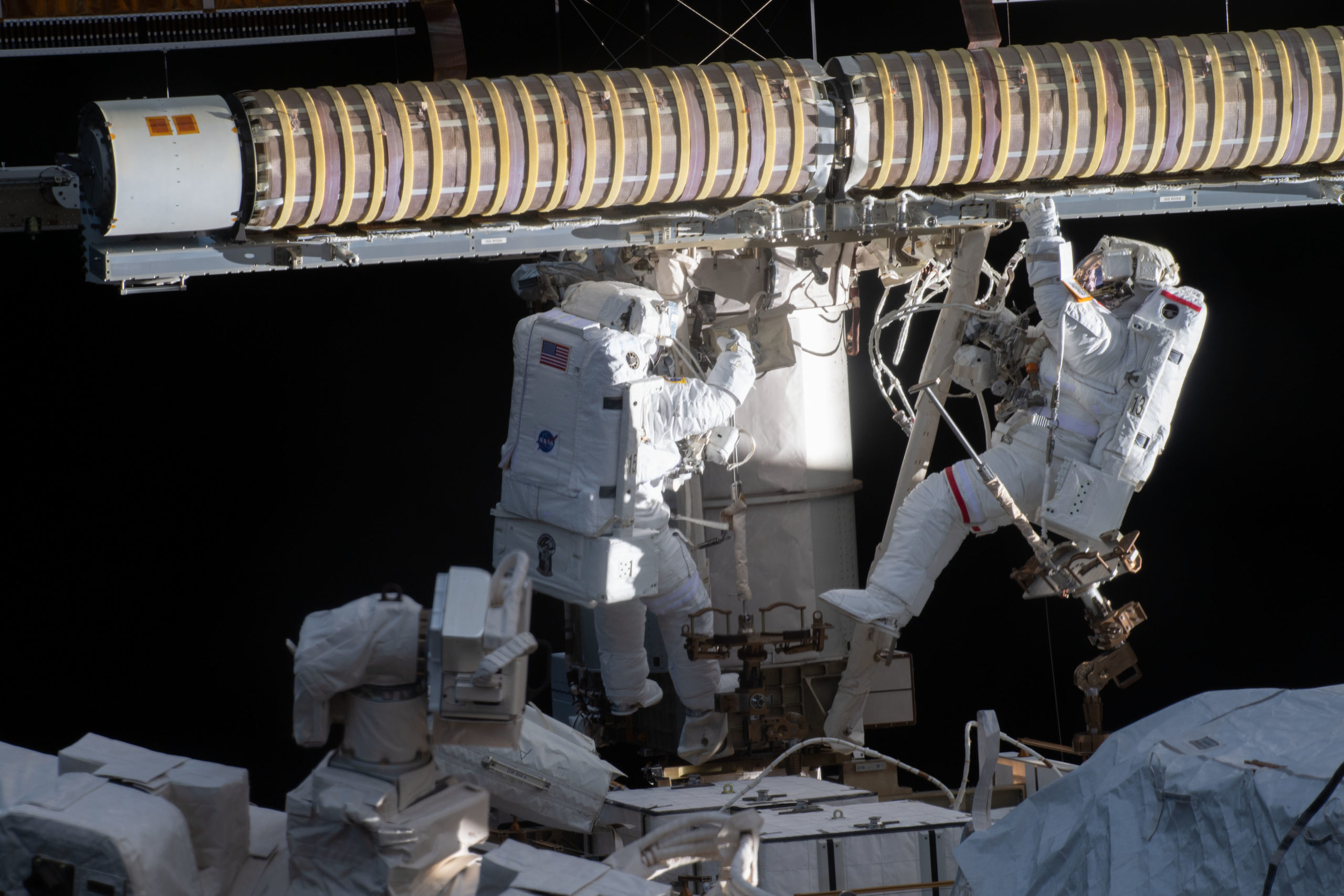
Ahead of the installation of each iROSA, a modification kit would be fitted to provide a support-bracket for the arrays. In February of last year, Expedition 64 spacewalkers Kate Rubins, Victor Glover and Soichi Noguchi installed the first such modification kit at the base of the P-6 truss and the following June—after the arrival of the arrays themselves aboard the CRS-22 Cargo Dragon—Expedition 65’s Shane Kimbrough and Thomas Pesquet executed three complex sessions of Extravehicular Activity (EVA) to emplace and activate the first two iROSAs on the 2B/4B power channel.
In September 2021, Pesquet and crewmate Aki Hoshide set up a modification kit for the third iROSA array, working at the base of the P-4 truss. And last March, Expedition 66 spacewalkers Kayla Barron and Raja Chari labored on another modification kit on the S-4 truss.
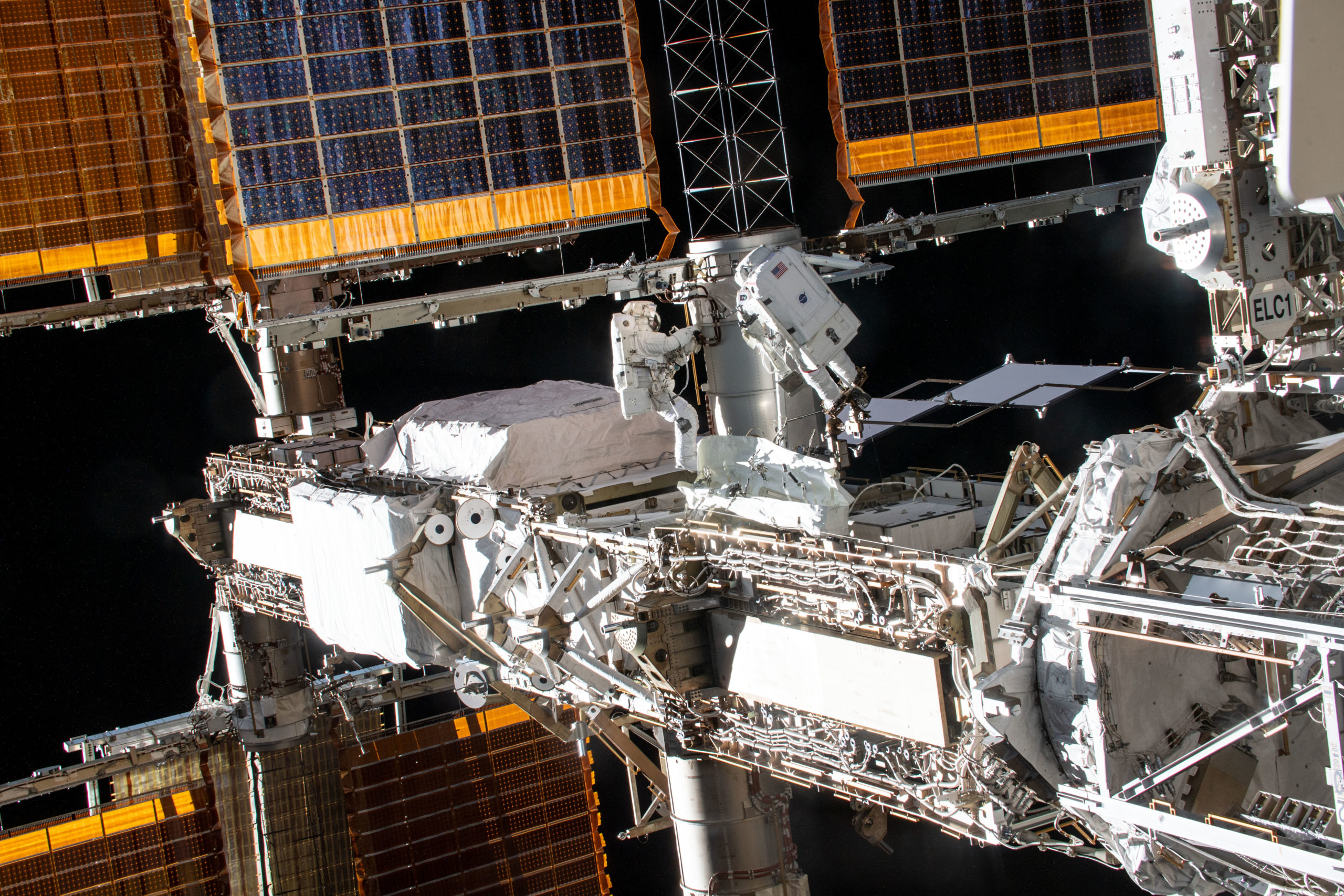
Their iROSA arrays—augmenting Channels 4A and 3A—will arrive at the space station later this month aboard the CRS-26 Cargo Dragon. Current plans envisage a pair of spacewalks, the first no sooner than 28 November to install the Channel 3A array, the second no earlier than 1 December to add the iROSA for Channel 4A.
With four out of six iROSA arrays hopefully in place before year’s end, only two more will remain. NASA recently opted to modify Power Channel 1B on the S-6 truss and Cassada and Rubio will fit a modification kit during an EVA on 15 November. Another spacewalk next January will do likewise on Channel 1A on the S-4 truss.
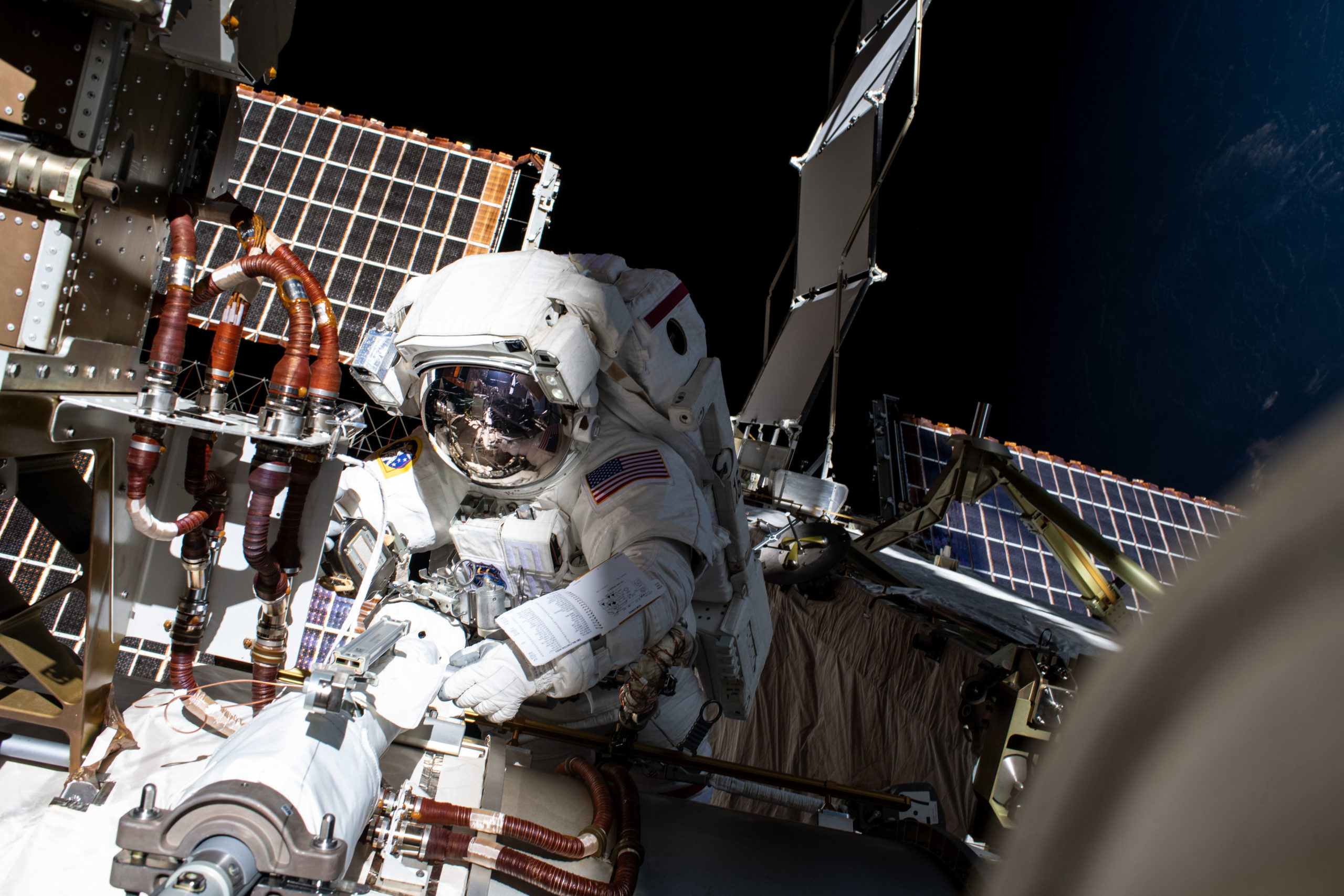
Left unmodified under the new plan are Channels 2A on the P-4 truss and 3B on the S-6 truss. In explaining the change, NASA noted that engineers had “re-evaluated power-draws” on all channels and correspondingly “reallocated the installation of iROSAs”.
It was added that there is no timeframe for when the iROSA arrays for 1B and 1A are set to arrive. But the Cargo Dragon visiting vehicle manifest for 2023 provisionally locates them aboard the CRS-27 mission, scheduled for January.
FOLLOW AmericaSpace on Facebook and Twitter!
Missions » ISS » COTS » CYGNUS »



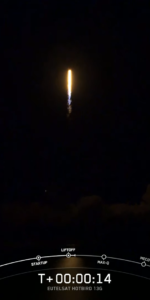
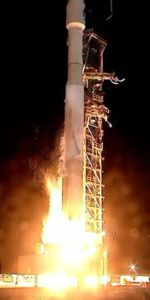
10 Comments
10 Pings & Trackbacks
Pingback:Uganda will now be printing 3D human tissue in space - TSWI News - TSWI News
Pingback:Uganda to start 3D bioprinting of organ-like tissue in space
Pingback:Uganda to start 3D bioprinting of human organ-like tissues in space following successful satellite launch - Pickasnews.com
Pingback:SpaceX Launches CRS-26 Cargo Dragon, Heads for Space Station - AmericaSpace
Pingback:First-Time Spacewalkers Prepare Ground for Next iROSA Solar Arrays - Space News
Pingback:Northrop Grumman Launches NG-18 Cygnus to Space Station ... - AmericaSpace - World news | Fast news | Us News
Pingback:Crew-6 Ready for Monday Launch to Space Station, Busy Six-Month Expedition - Space News
Pingback:Crew-5 Splashes Down, Wraps Up Five-Month ISS Mission - AmericaSpace
Pingback:CRS-27 Cargo Dragon Departs Space Station, Heads Home - AmericaSpace
Pingback:CRS-27 Shipment Dragon Departs Area Station, Heads House - NACION ASTRAL